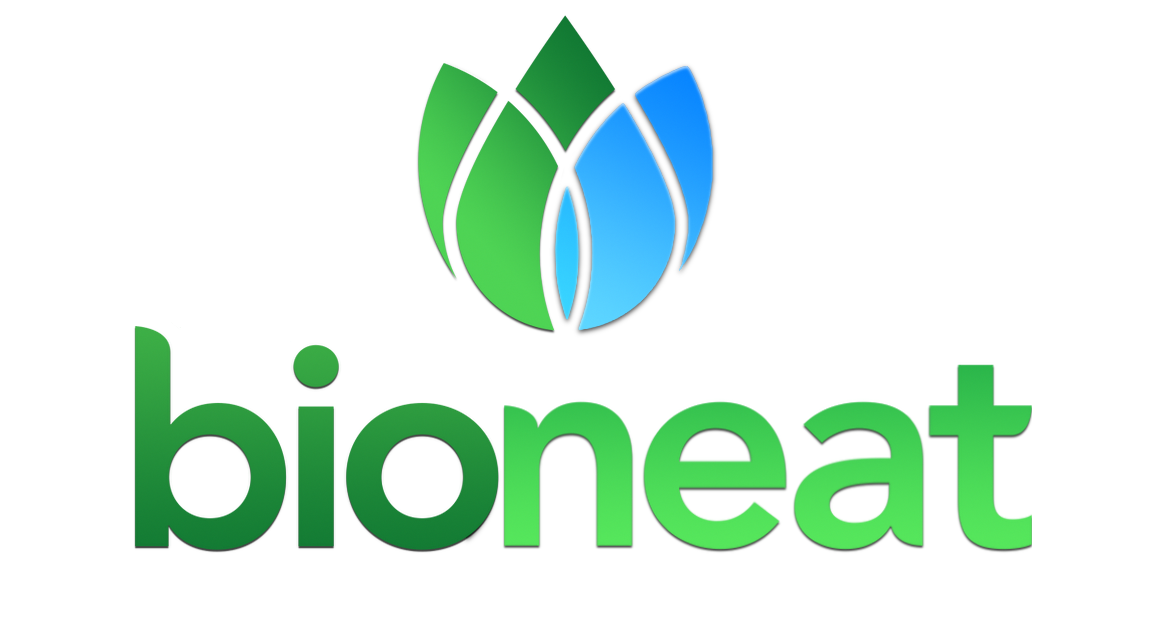
Frequently Asked Questions.
If you are ready for the first true paradigm shift in cleaning since the invention of soap then you are ready for BioNeat!
BioNeat is the innovative new cleaner that will revolutionize your thinking about cleaning and cleaning products! Our products can be used for virtually every cleaning job, big or small, tough or easy, with total safety. BioNeat products are tough enough to degrease a diesel engine, safe enough for everyday household uses and versatile enough to do every imaginable cleaning job in between.
What is BioNeat?
BioNeat is, simply, pure soap. But it’s not just common soap. It’s soap with an attitude! Because of its unique formula, BioNeat cleans better than currently available soap, detergent or any other type of cleaner on the market. It is an industrial strength cleaner that’s still gentle and safe enough for everyday household uses.
How does BioNeat work?
The secret to BioNeat’s unmatched cleaning and degreasing performance is in the size and the action of its component molecules. BioNeat has extremely small (colloidal) molecules called “nanoparticles”. These particles are so tiny and so active that they can penetrate the much larger oil and grease molecules. Like miniature jackhammers they can break apart those molecules into water soluble components that contain biodegradable surfactants. Watch in amazement as oil and grease literally melt away with BioNeat. No commonly available soap or cleaner has nanoparticle action. That’s why BioNeat outperforms them all.
What’s inside BioNeat?
BioNeat is a proprietary, bio-based formula consisting of fatty acids, plant based enzymes and minerals, and oils blended with water. Some of BioNeat’s ingredients are found on the U.S. Food and Drug Administration’s (FDA) “Generally Recognized as Safe” (GRAS) List. Because of this safety factor, NO WARNING LABEL OF ANY KIND is required on BioNeat by any Federal, State or municipal agency.
What can I use BioNeat for?
BioNeat is a multi-purpose cleaner and can be used effectively on anything washable. Household (kitchen, bathroom, furniture, carpets, floors, etc.), automotive, garage/workshop, laundry, dishes, the list goes on and on. BioNeat also has some surprising and unusual uses too. There are already hundreds of uses for BioNeat.
For really tough jobs, can BioNeat be used as concentrate without adding water?
No. BioNeat concentrate will not work effectively unless diluted with water. BioNeat’s nanoparticles require water to be active. Each particle is hydrophilic (attracts water) on one end and hydrophobic (repels water) on the other end. The hydrophobic ends cluster together with those of other particles to form a negatively charged core. The hydrophilic end extends to capture water molecules and is positively charged. This combination forms a very strange molecule that looks much like a sea urchin with little spheres on its spikes. When water is added, these strange looking molecules start to move. With a little agitation (brushing or scrubbing) they begin moving very quickly, breaking down and cleaning up anything in their path. The more water you add, the more active they become. There are three other factors that activate and enhance nanoparticle cleaning action: dwell time, agitation and heat. 1) “Dwell time” is simply the amount of time BioNeat is allowed to sit on a surface after it is applied and before it is wiped or scrubbed off. The longer the dwell time, the more time the nanoparticles have to work their “magic” in dissolving oil, grease and dirt. 2) Using a cloth or scrub brush and/or using a foaming bottle to apply BioNeat Agitates the nanoparticles and makes them more active and powerful. 3) Using warm or hot water agitates and enhances the nanoparticle activity as well.
Is BioNeat truly less toxic?
BioNeat does not contain VOCs, SVOCs/POMs, Biocides, Pyrethroids, PCBs, PAHs, Organophosphates and Phthalates, and is found to be less toxic.
Why doesn’t BioNeat have any warnings on its label?
Because some of BioNeat’s ingredients are on the Food and Drug Administration’s GRAS (“Generally Recognized as Safe”) List and, no warning label of any kind is required by any Federal, State or Municipal agency.
Why doesn’t BioNeat make a lot of foam?
Is it really cleaning?
BioNeat is a low sudsing/foaming formula but don’t let that fool you! Even without the suds, BioNeat is still cleaning more effectively than other products that produce lots more foam. Nanoparticles don’t need to show off their strength with foam. They just clean like invisible scrub brushes.
Does BioNeat need to be rinsed?
Rinsing BioNeat from most surfaces is not necessary. Leaving a residue is desirable in cases where mechanical removal and suppression of germs and viruses is a concern. However, BioNeat should be used in weak dilutions and rinsed completely from any oil-based surface. Varnished or painted furniture, painted walls, linoleum tiles or any object or surface that should not be exposed to water, like leather, are examples. Also, when using BioNeat on fabric, carpet or upholstery stains, test clean an inconspicuous area first to determine if BioNeat will affect the color of the fabric.
Is BioNeat really biodegradable?
BioNeat NTS-1™ contains surfactants. Please note the 2014 biodegradation study was conducted on the formulation with MEA, not the BioNeat NTS-1™ formulation without MEA.
Is BioNeat an antibacterial?
Bioneat has been laboratory tested and shown to kill bacteria such as E. Coli and Salmonella even at concentrations of 30 parts water to 1 part Bioneat! However, FDA regulations require that any product labeled as an “antibacterial” must, by law, contain a registered pesticide. All registered pesticides are toxic chemicals. In order to maintain absolute nontoxicity, no toxic chemicals of any kind are added to Bioneat just to be able to put the word “antibacterial” on the label. But, Bioneat, as is, however is just as effective as most commercially available antibacterials and is still perfectly safe!
How can BioNeat-AG™ kill bugs but not harm people?
BioNeat kills many types of insects because it affects their shells (exoskeleton). Because an insect’s exoskeleton is composed of oil-based molecules, BioNeat proprietary nanoparticle action has the same effect on it as it would any other oil or grease molecule. It dissolves it.
Can I use BioNeat to clean automotive equipment/parts or machinery?
Absolutely! BioNeat is the best degreaser on the planet. Just keep away from any parts that shouldn’t be exposed to water (electrical parts or equipment) and be sure to rinse and dry thoroughly to prevent rust or corrosion.
When cleaning the bathroom/oven/kitchen, the fumes are so noxious that I have to go outside. Is it safe to use BioNeat in an enclosed environment (like a bathroom)?
BioNeat is the only cleaner tough enough to get bathrooms and ovens sparkling clean and yet safe enough to use in an enclosed environment. You can breathe easy, without any more need to open windows or insure proper ventilation.
EPA/Safer Choice recognition does not constitute endorsement of this product. The Safer Choice label signifies that the product’s formula, as BioNeat Inc. has represented it to the EPA, contains ingredients with more positive human health and environmental characteristics than conventional products of the same type. EPA/Safer Choice relies solely on BioNeat Inc., its integrity and good faith, for information on the product’s composition, ingredients and attributes. EPA/Safer Choice has not independently identified, that is, via chemical analysis, the ingredients in the product formula, nor evaluated any of BioNeat Inc. non-ingredient claims. EPA/Safer Choice provides its evaluation only as to the product’s human health and environmental characteristics, as specified in the Safer Choice Standard and based on currently available information and scientific understanding.
